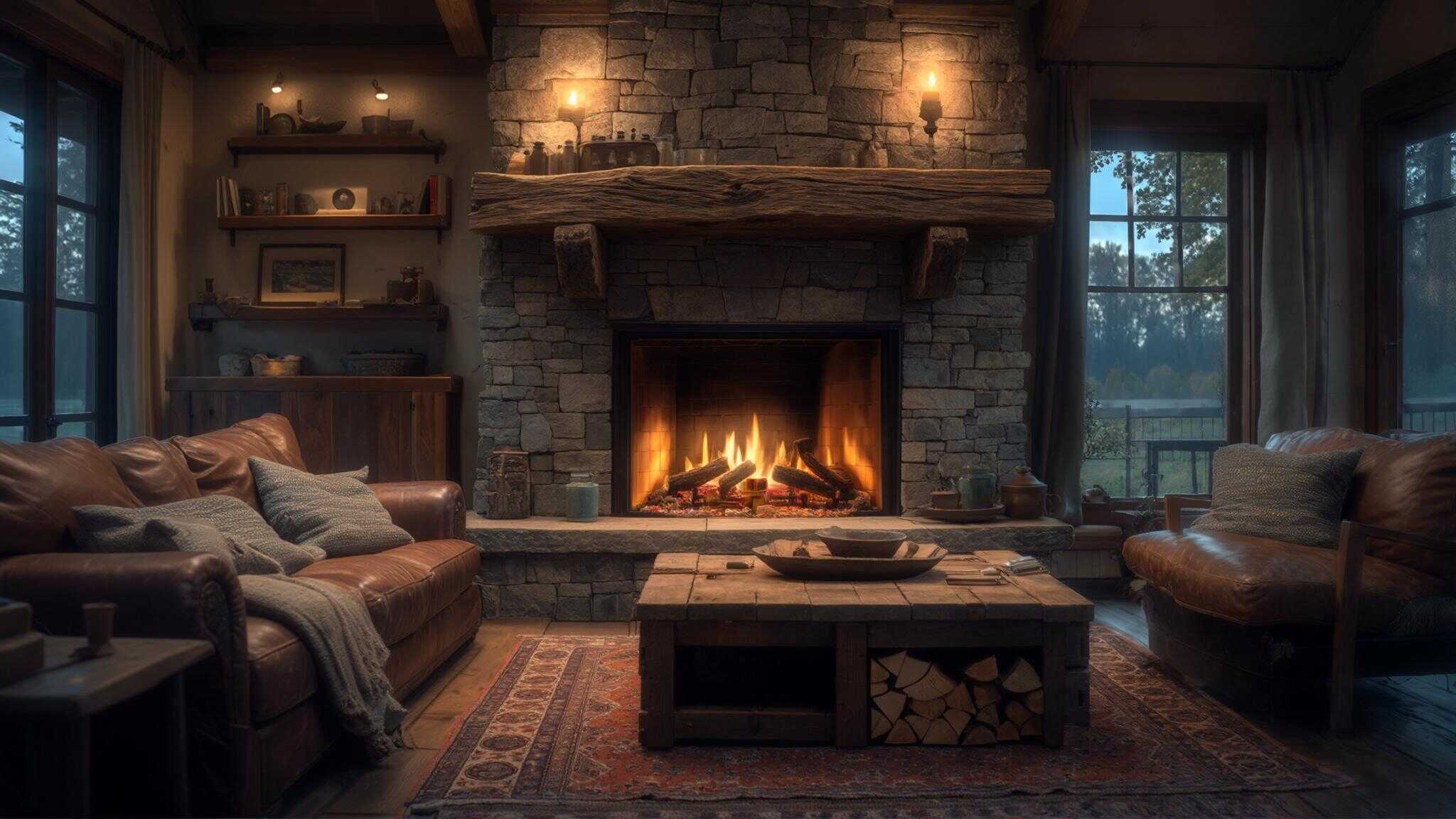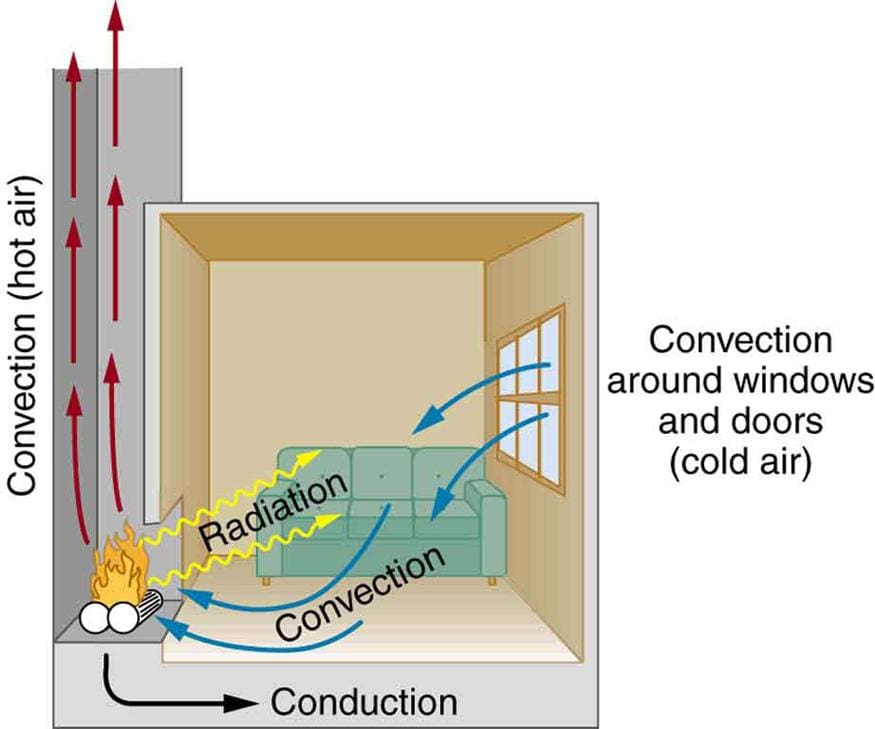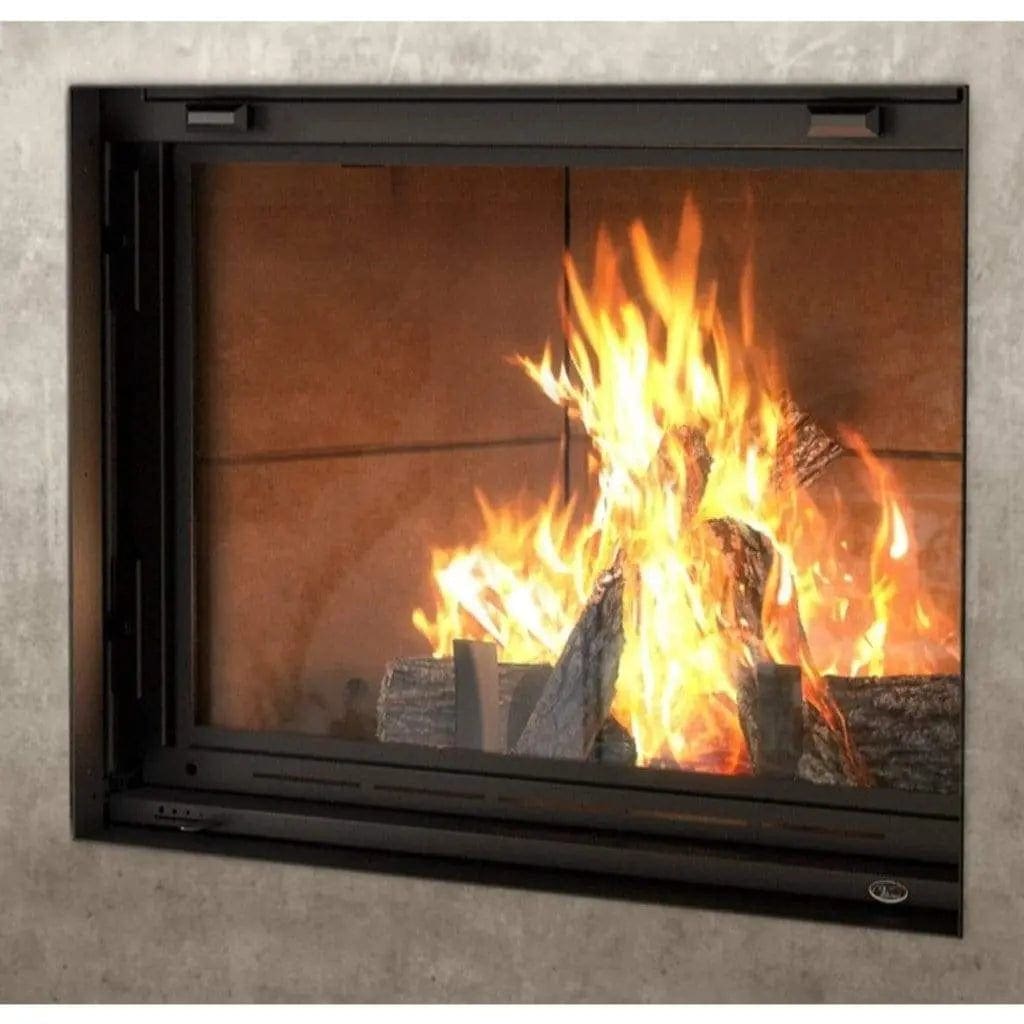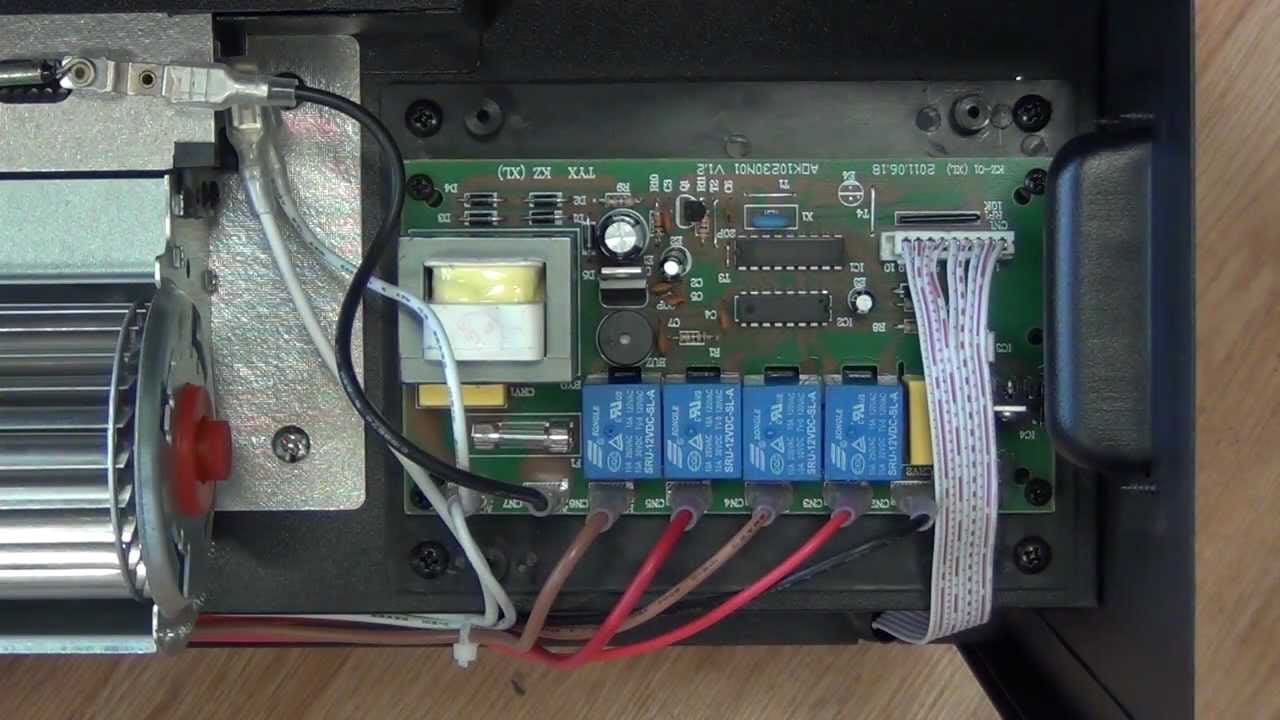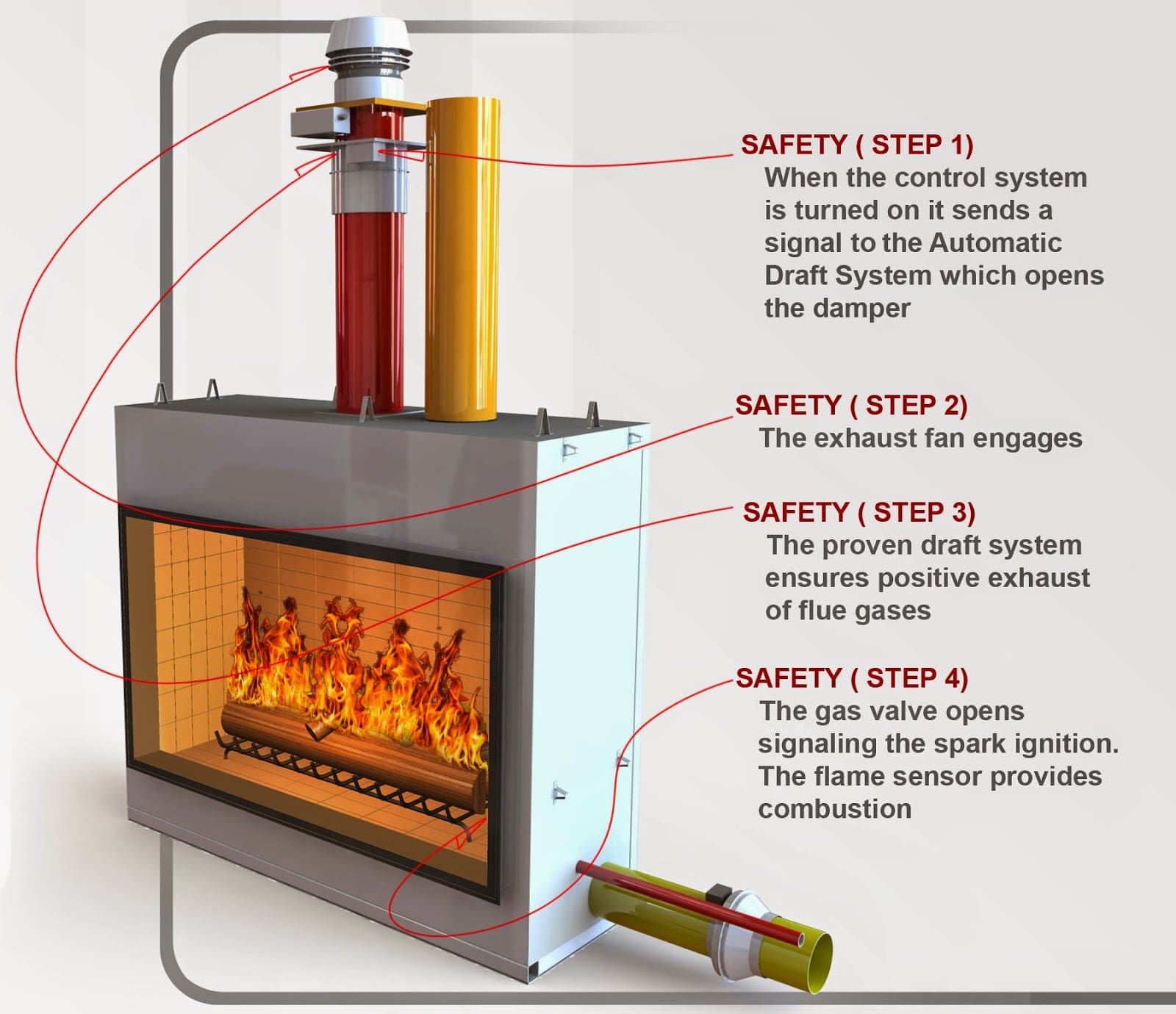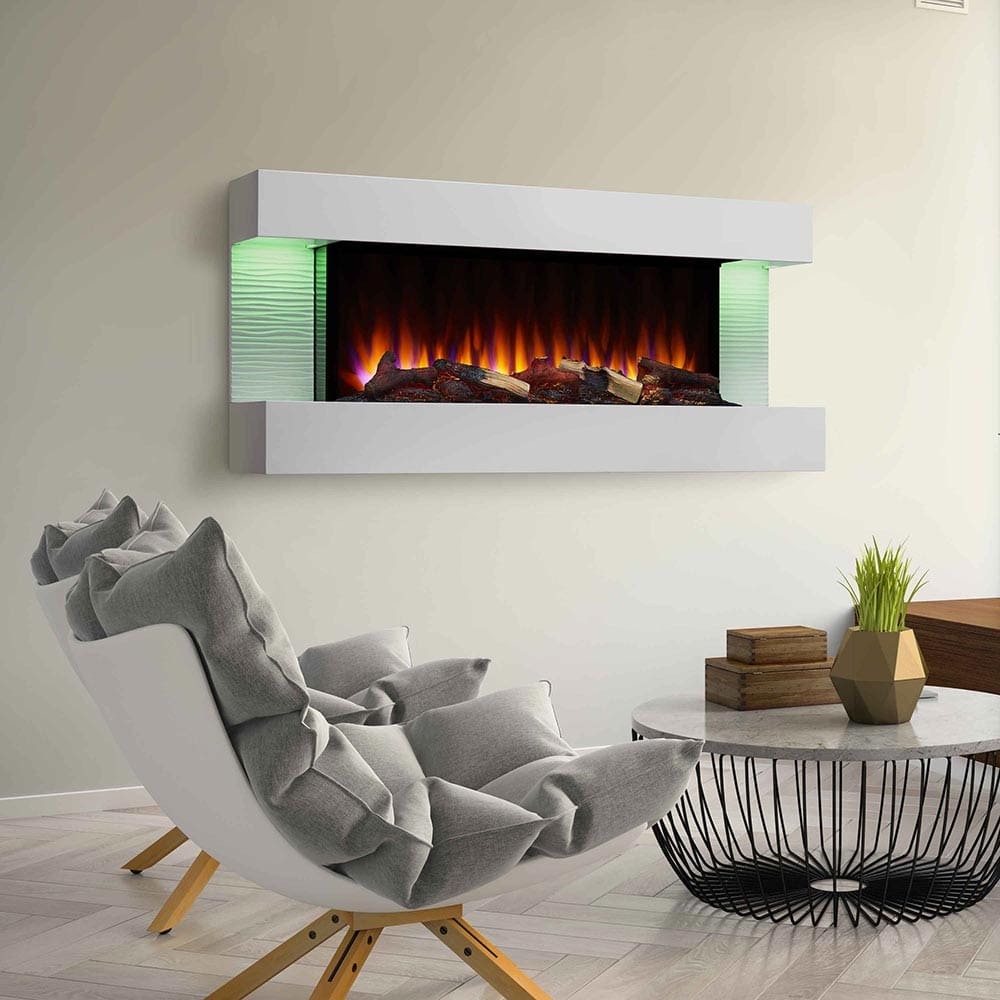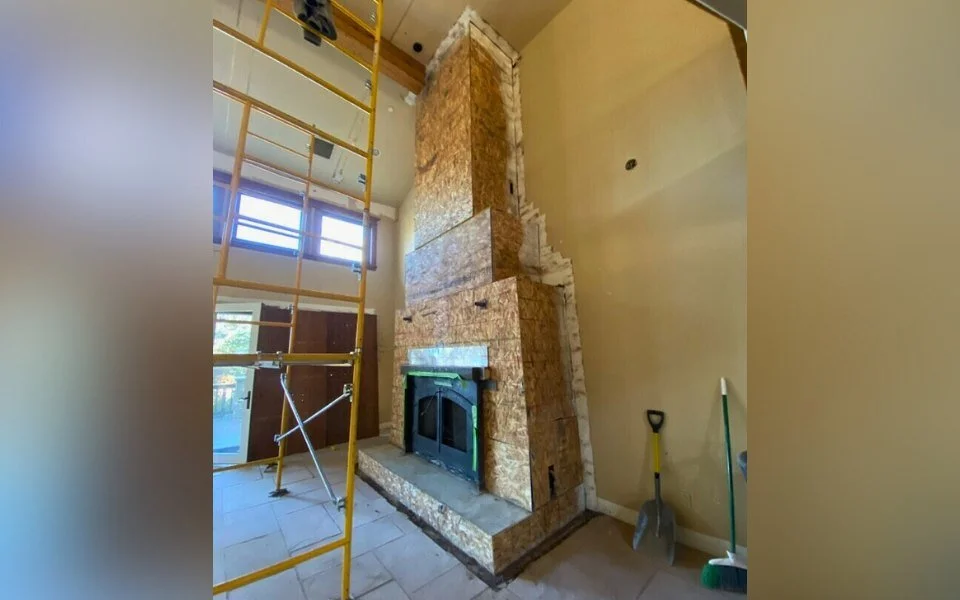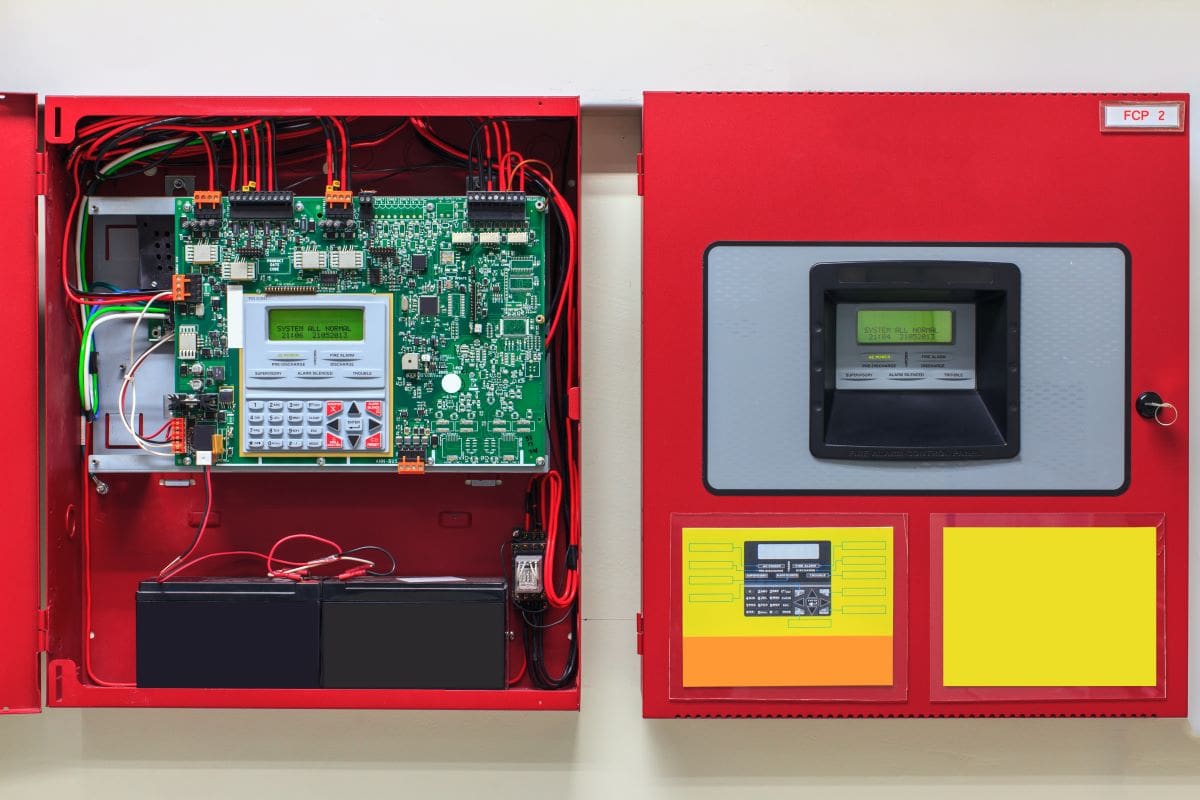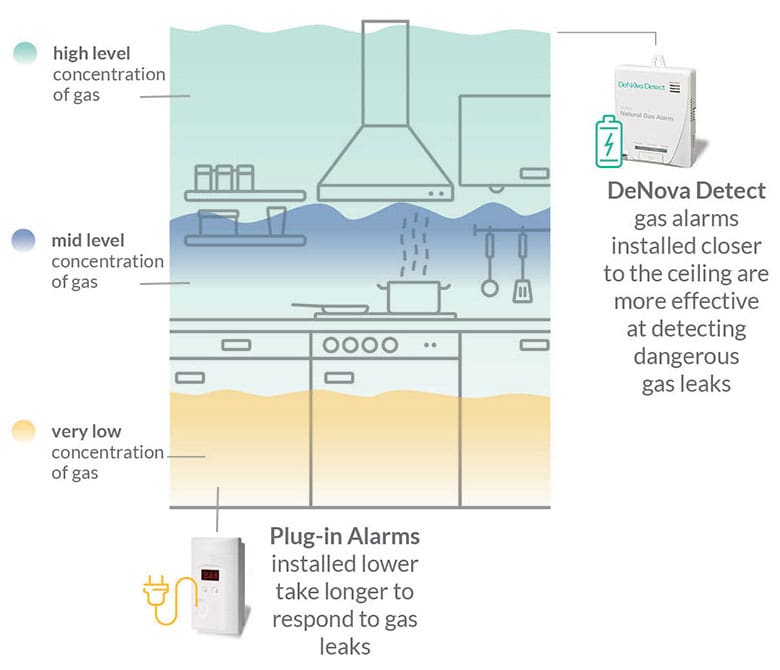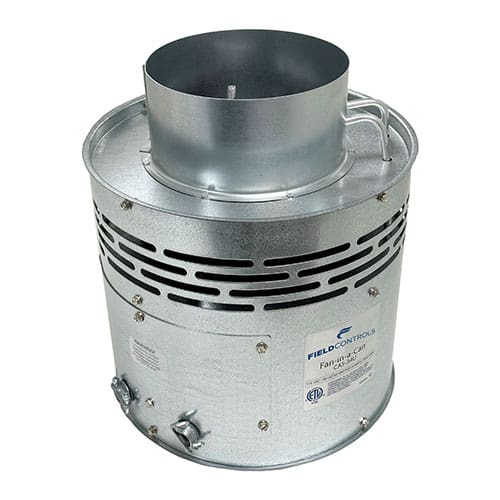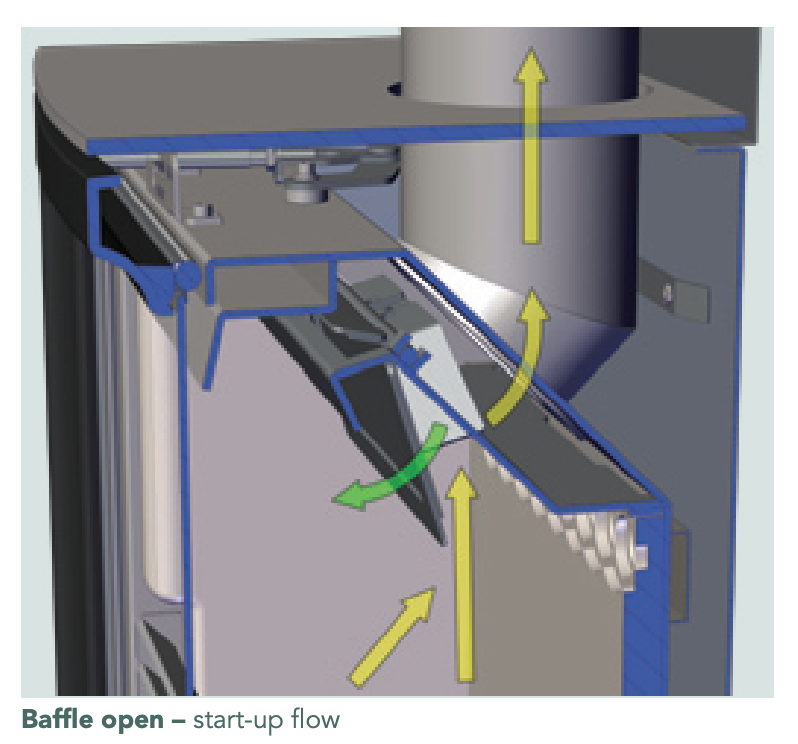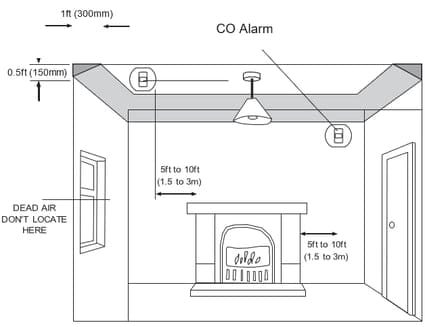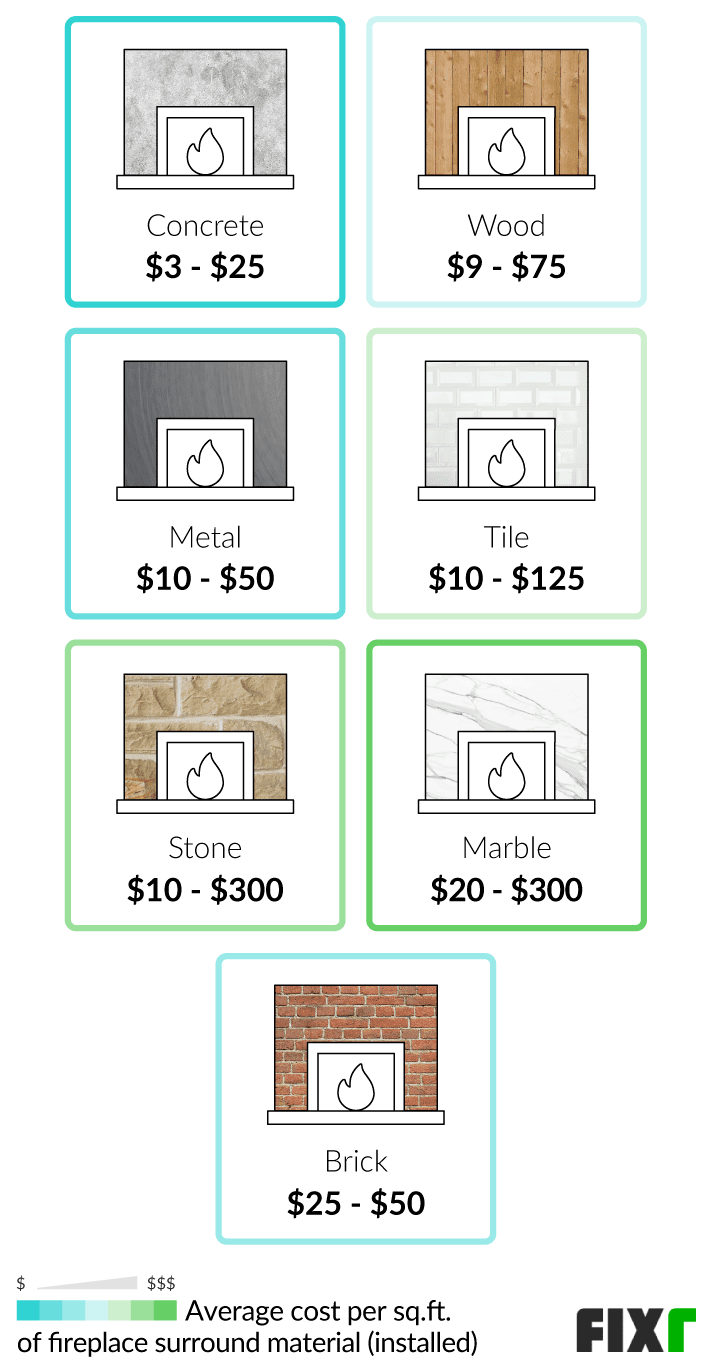DIY Fireplace Engineering: The Hidden Science That Transforms Your Home Heating Project
Table of Contents
- The Thermal Dynamics Revolution in DIY Fireplace Construction
- Electric and Gas Conversion Mastery
- Wall Integration and Structural Considerations
- Construction Debris and Material Management
- Advanced Combustion Engineering and Safety Systems
TL;DR
- Understanding thermal dynamics and heat distribution patterns can increase your fireplace efficiency by up to 40% through strategic convection cell mapping and thermal mass integration
- Modern electric and gas fireplace conversions require dedicated electrical circuits and precise gas line calculations that go beyond basic plug-and-play installations
- Wall-mounted fireplace installations affect structural loading and HVAC systems in ways that require careful load-bearing analysis and airflow management
- Professional debris removal becomes essential when dealing with heavy masonry materials, electronic components, and hazardous materials during advanced fireplace construction
- Advanced safety systems including oxygen depletion sensors and combustion monitoring transform basic fireplaces into sophisticated climate control systems
The Thermal Dynamics Revolution in DIY Fireplace Construction
Most DIY fireplace guides focus on appearance and basic installation steps, but the real breakthrough comes from understanding thermal dynamics, heat transfer coefficients, and how flame patterns affect human psychology. This scientific approach transforms your project from simple home improvement into a sophisticated climate control system that maximizes both heating efficiency and comfort. While basic DIY fireplace builds can cost around $989 for the fireplace insert alone, the engineering approach outlined here ensures maximum return on that investment through superior performance.
When planning your DIY fireplace project, understanding the broader scope of construction debris removal becomes crucial as thermal engineering modifications often require significant demolition work that generates specialized waste streams. I’ve seen too many homeowners get caught off guard by the amount of debris generated when they start modifying walls and ventilation systems for optimal heat distribution.
Heat distribution patterns follow predictable physics laws that you can map and optimize, creating circulation systems that move warm air throughout your space more effectively than random placement. Understanding these patterns means you’re working with natural airflow rather than fighting against it. Thermal mass materials store and release heat for hours after fires die down, extending your fireplace’s heating capacity well beyond active burning periods. This is where the science really pays off – you’re essentially creating a heat battery that keeps working long after you’ve stopped feeding it fuel.
The Science of Heat Distribution Patterns
The relationship between fireplace geometry, air circulation patterns, and heat efficiency determines whether your installation becomes a beautiful but ineffective decoration or a powerful heating system. Understanding these connections allows you to position and design your DIY fireplace for maximum thermal performance. I’ve watched homeowners spend thousands on gorgeous installations that barely heat their living rooms because they ignored the physics.
Room air currents follow natural convection patterns that you can identify and work with rather than against, dramatically improving heat distribution. Strategic positioning of your DIY fireplace opening height and surrounding vents creates predictable airflow that channels heat where you need it most. Heat reflection and radiation work together when you engineer the proper angles and materials, multiplying your fireplace’s effective heating range.
Convection Cell Mapping for Maximum Efficiency
Hot air rises and cool air flows back in predictable circulation patterns that you can map and optimize. Understanding these convection cells allows you to increase your DIY fireplace‘s heating efficiency by up to 40% through strategic positioning and ventilation design.
Mapping your room’s natural air currents with simple tools reveals the invisible highways that will carry your fireplace’s heat throughout the space. I recommend using incense sticks or even a hair dryer to trace these patterns before you commit to any installation decisions. Positioning your fireplace opening 18-24 inches from the floor creates the optimal launch point for hot air to begin its circulation journey.
Strategic air intake and exit points work together to complete the circulation loop, ensuring continuous heat movement rather than stagnant warm zones. A homeowner in Colorado mapped their living room’s air currents using incense sticks and discovered that positioning their electric fireplace 20 inches from the floor and 3 feet from the return air vent created a natural circulation loop that heated their entire 400-square-foot space 35% more efficiently than their previous corner placement.
| Fireplace Height | Heat Distribution Range | Efficiency Rating | Optimal Room Size |
|---|---|---|---|
| 6-12 inches | 8-10 feet | 65% | Up to 200 sq ft |
| 18-24 inches | 12-16 feet | 85% | 200-400 sq ft |
| 30-36 inches | 16-20 feet | 75% | 400-600 sq ft |
| 42+ inches | 20+ feet | 60% | 600+ sq ft |
Thermal Mass Integration Strategies
Strategic placement of thermal mass materials stores heat during fireplace operation and releases it for hours afterward. Calculating the right amount and positioning of materials creates a heat battery that extends your DIY fireplace‘s effectiveness long after the fire dies down.
Thermal mass requirements follow specific ratios based on your fireplace opening size, with 50-100 pounds per square foot providing optimal heat storage capacity. Materials with high specific heat capacity absorb and release thermal energy more effectively, making material selection crucial for performance. Positioning thermal mass within 3 feet of the firebox ensures maximum heat absorption during operation while maintaining safe clearances.
Radiant Heat Reflection Optimization
The angle and material of your fireplace’s back wall dramatically affects how heat radiates into your living space. Engineering these surfaces properly can redirect and amplify heat output, creating more effective warming zones throughout your room.
Angling the back wall at 15-20 degrees forward reflects heat outward rather than allowing it to escape up the chimney, redirecting thermal energy into your living space. Fire-resistant reflective materials multiply heat output by bouncing radiant energy back into the room rather than absorbing it into masonry. The 45-degree radiation cone from your fireplace opening defines the most effective seating placement for maximum warmth and comfort.
Psychological Fire Dynamics and Human Comfort Zones
Fire’s visual and auditory elements trigger specific neurological responses that affect stress levels, social behavior, and perceived warmth beyond actual temperature increases. Engineering these psychological factors enhances your fireplace’s comfort impact significantly.
Flame characteristics operate at specific frequencies and heights that create measurable psychological effects, allowing you to engineer relaxation and comfort. Sound engineering through wood selection and chamber design produces acoustic frequencies that enhance the calming effects of your fireplace. Visual sight line optimization from multiple seating positions maximizes the psychological benefits for everyone in the room.
Flame Height and Flicker Rate Psychology
Research shows that flames flickering at 6-8 Hz create the most calming neurological effect, while flame heights between 12-18 inches optimize the hypnotic viewing experience. You can engineer these characteristics through fuel selection and airflow control.
Flame flicker rates at 6-8 Hz match human brain wave patterns associated with relaxation and stress reduction, creating measurable psychological benefits. Flame heights between 12-18 inches provide the optimal visual focal point that captures attention without becoming overwhelming or anxiety-inducing. Airflow control systems allow you to maintain consistent flame characteristics rather than leaving them to random chance.
Sound Engineering for Crackling Effects
Different wood types and fireplace chamber designs produce specific sound frequencies that enhance relaxation. Engineering these acoustic properties creates the perfect audio backdrop for your fireplace experience.
Wood density and moisture content determine the frequency and intensity of crackling sounds, allowing you to select fuels for desired acoustic effects. Chamber design affects sound resonance and amplification, letting you engineer the audio experience along with the visual elements. Specific sound frequencies produced by burning wood trigger relaxation responses in the human nervous system, making acoustic engineering part of comfort optimization.
Visual Sight Line Optimization
Strategic fireplace placement considering furniture arrangement, room traffic patterns, and viewing angles from multiple seating positions maximizes the psychological benefits for all occupants. This requires planning beyond simple wall space availability.
Multiple viewing angles ensure that everyone in the room can benefit from the psychological effects of fire observation, rather than just those in prime seating positions. Traffic pattern analysis prevents your fireplace from becoming a visual obstruction while maintaining its role as a focal point. Furniture arrangement works with fireplace positioning to create conversation areas that take advantage of both heat and psychological comfort zones.
Advanced Material Science in Modern DIY Applications
Contemporary fireplace construction leverages new materials and technologies unavailable to traditional builders. These advanced materials offer superior performance, safety characteristics, and installation advantages that transform what’s possible in DIY fireplace projects.
Modern refractory materials withstand extreme temperatures while providing superior insulation compared to traditional firebrick, improving both safety and efficiency. Smart materials and composites offer the appearance of natural materials with enhanced fire resistance and easier installation properties. Phase-change materials and thermochromic elements can be integrated for enhanced heat storage and visual effects that weren’t possible with traditional construction.
Refractory Concrete Engineering
Modern refractory concrete withstands temperatures up to 3000°F while providing superior insulation properties compared to traditional firebrick. This material allows for more creative fireplace designs with better thermal performance.
Temperature resistance up to 3000°F exceeds the requirements of residential fireplaces by a significant margin, providing safety buffers that traditional materials can’t match. Superior insulation properties keep more heat in your living space rather than losing it through the fireplace structure itself. Moldable properties allow for custom shapes and designs that would be impossible or extremely difficult with traditional brick construction.
Smart Material Integration
Phase-change materials and thermochromic elements can be integrated into fireplace design for enhanced heat storage and visual effects. These materials add functionality and aesthetic appeal that goes beyond traditional construction possibilities.
Phase-change materials store and release thermal energy at specific temperatures, creating automatic heat regulation that maintains comfortable temperatures longer. Thermochromic elements change color based on temperature, providing visual indicators of heat levels and adding dynamic aesthetic effects. Integration techniques allow these smart materials to work seamlessly with traditional fireplace components without compromising safety or performance.
Recent DIY trends show homeowners are embracing “mosaic fireplace designs” that incorporate advanced materials, with one Victorian-era home renovation featuring custom Mozaico tiles that combine traditional aesthetics with modern durability, demonstrating how smart material integration can preserve historical character while improving performance.
Composite Surround Technologies
Advanced composite materials offer the appearance of natural stone or wood with superior fire resistance and easier installation properties. These materials expand your design options while improving safety and reducing installation complexity.
Fire resistance ratings exceed natural materials while maintaining authentic appearance, providing safety improvements without aesthetic compromise. Installation advantages include lighter weight and standardized dimensions that simplify construction compared to natural stone or wood. Durability characteristics resist cracking, warping, and degradation that can affect natural materials over time, reducing long-term maintenance requirements.
Electric and Gas Conversion Mastery
Converting from traditional wood-burning to electric or gas systems involves complex electrical load management, gas line safety calculations, and maintaining authentic fire aesthetics while gaining modern convenience. These conversions require understanding power requirements, fuel delivery systems, and integration with existing home infrastructure. I’ve helped homeowners navigate these conversions, and the technical requirements often surprise people who expect simple plug-and-play installations.
High-performance DIY electric fireplace installations demand dedicated circuits and load balancing that goes far beyond plugging into existing outlets. Gas fireplace installations require precise BTU calculations and combustion air management to ensure both safety and optimal performance. The electrical and gas engineering aspects of these projects require careful planning and often professional consultation for safety compliance.
Electrical Load Engineering for High-Performance Electric Fireplaces
Professional-grade DIY electric fireplace installations require understanding electrical circuits, load calculations, and smart home integration possibilities. High-output units drawing 5000+ watts need dedicated 220V circuits and careful load balancing to prevent system overload.
During electrical upgrades for your DIY fireplace, proper appliance disposal becomes essential when replacing old heating units with modern electric fireplace systems. I’ve seen too many homeowners struggle with disposing of old electric heaters and outdated electrical components during these upgrades.
Circuit dedication prevents electrical system overload by isolating high-draw fireplace components from other household electrical loads. Load balancing calculations ensure your electrical panel can handle the additional demand without compromising other systems or creating safety hazards. Smart home integration transforms basic electric fireplaces into sophisticated climate control systems with scheduling and energy optimization capabilities.
DIY Electric Fireplace Installation Checklist:
- Calculate total electrical load (heating elements + fans + controls)
- Verify electrical panel capacity for additional 30-40 amp circuit
- Install dedicated GFCI-protected circuit
- Test voltage drop under full load conditions
- Configure smart home integration settings
- Document all electrical connections for future reference
Circuit Dedication and Load Balancing
High-output DIY electric fireplace units require dedicated 30-40 amp circuits with GFCI protection. Calculating total electrical load including heating elements, blower fans, and LED systems prevents dangerous overloads and ensures reliable operation.
Total electrical load calculations must account for heating elements, circulation fans, and control systems operating simultaneously at peak demand. Dedicated circuit installation with proper amperage rating prevents voltage drops that reduce efficiency and can damage sensitive electronic components. GFCI protection adds essential safety measures for high-power electrical devices operating in areas where moisture might be present.
According to Hand Treated Home, DIY fireplace builds typically require 69 inches of width and 15 inches of depth for proper proportions, which directly impacts the electrical requirements for heating elements that must adequately serve this space.
Heat Pump Integration Strategies
Modern electric fireplaces integrate with heat pump systems to create zone heating that’s more efficient than central HVAC. This integration allows targeted heating of specific areas while reducing overall energy consumption.
Zone heating integration allows you to heat occupied spaces while reducing energy waste in unused areas of your home. Heat pump coordination creates synergistic effects where both systems work together more efficiently than either would operate independently. Smart controls manage the interaction between fireplace and heat pump systems to optimize energy usage based on occupancy and temperature requirements.
Smart Home Ecosystem Integration
Advanced electric fireplaces connect with home automation systems for scheduling, remote control, and energy optimization. Integration with smart thermostats and occupancy sensors creates automated comfort management.
Scheduling capabilities allow your fireplace to pre-heat spaces before you arrive home or automatically reduce output when rooms are unoccupied. Remote control integration allows you to adjust settings from anywhere, ensuring comfort while managing energy consumption efficiently. Energy optimization algorithms learn your usage patterns and automatically adjust operation to minimize costs while maintaining desired comfort levels.
Gas Line Safety and Performance Optimization
Gas fireplace installation involves critical safety considerations around gas line sizing, ventilation requirements, and combustion air supply. Proper engineering directly impacts both safety and performance, requiring precise calculations and professional-grade installation techniques. How to build a fireplace with gas involves understanding these complex systems rather than simple assembly.
BTU calculations and gas line sizing ensure adequate fuel delivery while maintaining safe operating pressures throughout the entire system. Combustion air management prevents dangerous backdrafting while ensuring complete fuel burning for maximum efficiency and safety. Ventilation system coordination prevents interference with other exhaust systems while maintaining proper air quality.
A homeowner in Michigan discovered that their existing 1/2-inch gas line could only deliver 65,000 BTU/hour over a 40-foot run, requiring an upgrade to 3/4-inch pipe to support their desired 80,000 BTU fireplace insert, demonstrating the critical importance of proper gas line calculations before equipment selection. This kind of surprise can derail a DIY fireplace project if you don’t plan ahead.
BTU Calculations and Gas Line Sizing
Proper gas line sizing ensures adequate fuel supply while maintaining safe operating pressures. BTU requirements determine pipe diameter, length limitations, and pressure regulator specifications for reliable fireplace operation.
BTU demand calculations determine the minimum gas line capacity needed to supply your fireplace at full output without pressure drops. Pipe diameter and length calculations ensure adequate gas flow over the distance from your meter to the fireplace location. Pressure regulation maintains consistent fuel delivery regardless of demand fluctuations from other gas appliances in your home.
Combustion Air Management Systems
Modern gas fireplaces require carefully engineered air supply systems to ensure complete combustion and prevent backdrafting. These systems balance indoor air quality with combustion efficiency through precise airflow control.
Complete combustion requires precise air-to-fuel ratios that prevent dangerous carbon monoxide production while maximizing heat output. Backdraft prevention systems ensure combustion gases exit through proper channels rather than entering your living space. Air supply engineering balances the need for combustion air with maintaining comfortable indoor air pressure and quality.
Wall Integration and Structural Considerations
Creating wall-integrated fireplace installations requires understanding load-bearing calculations, wall cavity modifications, and integration with existing HVAC and electrical systems. These installations affect structural integrity and building systems in ways that aren’t immediately obvious to DIY builders. DIY fireplace wall projects demand more structural analysis than most homeowners realize.
Load-bearing analysis determines whether existing structures can support fireplace weight and thermal stress without compromising building integrity. HVAC integration affects whole-house comfort and efficiency, requiring coordination between fireplace heating and existing climate control systems. DIY electric fireplace wall installations present unique challenges because the electrical requirements often exceed what existing wall cavities can accommodate.
Load-Bearing Analysis and Structural Modifications
Wall-mounted and built-in fireplace installations affect structural loading in complex ways. Determining load capacity, reinforcement requirements, and foundation support needs prevents structural problems and ensures safe installation. DIY fireplace projects involving structural modifications require careful engineering analysis.
When structural modifications are required for your DIY fireplace wall installation, professional demolition waste removal ensures that heavy structural debris is handled safely while maintaining workspace organization. I’ve seen homeowners underestimate the amount of debris generated when reinforcing walls for heavy fireplace installations.
Wall framing assessment identifies existing structural capacity and determines what reinforcement is needed to safely support fireplace installations. Foundation and floor support calculations account for concentrated loads that may exceed original building design parameters. Structural modifications must maintain building code compliance while accommodating the unique requirements of fireplace installations.
Structural Assessment Checklist:
- Identify load-bearing walls and existing structural members
- Calculate concentrated loads from fireplace installation
- Determine reinforcement requirements for wall framing
- Assess foundation capacity for additional loads
- Verify building code compliance for modifications
- Plan thermal expansion accommodation strategies
Wall Framing Assessment and Reinforcement
Determining whether existing wall framing can support fireplace weight and heat stress requires structural analysis. Reinforcement strategies distribute loads safely while accommodating the thermal expansion that occurs during operation.
Existing framing evaluation identifies load paths and determines whether current structure can handle additional weight without modification. Reinforcement techniques distribute fireplace loads across multiple structural members rather than concentrating stress on individual components. Thermal expansion accommodation prevents structural damage from the heating and cooling cycles that occur during fireplace operation.
Professional installations often require $50 worth of 2×4 lumber for proper framing reinforcement, though this cost can multiply significantly when structural modifications are needed for heavier installations.
Foundation and Floor Support Calculations
Heavy fireplace installations may require additional floor support or foundation modifications, especially in multi-story applications. Load calculations determine whether existing structures can handle concentrated weights safely.
Concentrated load analysis determines whether point loads from heavy fireplaces exceed the capacity of existing floor systems. Foundation modifications may be necessary when fireplace installations create loads that weren’t considered in original building design. Multi-story considerations account for cumulative loads and ensure that upper-level installations don’t compromise lower-level structural integrity.
HVAC Integration and Airflow Management
Fireplace installations interact with existing HVAC systems in complex ways that can either enhance or compromise whole-house comfort and efficiency. Proper integration requires understanding airflow patterns, pressure balancing, and zone control strategies. DIY fireplace projects must consider these interactions to avoid creating comfort problems elsewhere in the home.
Ductwork modification strategies integrate fireplace heating with existing air distribution systems to maximize comfort throughout your home. Ventilation system coordination prevents conflicts between fireplace exhaust and other building ventilation requirements. Zone control systems allow fireplace heating to work with rather than against your existing HVAC equipment.
Ductwork Modification Strategies
Integrating fireplace heating with existing ductwork distributes heat more effectively throughout the home. Zone dampers, return air ducts, and smart controls create coordinated heating systems that work together efficiently.
Existing ductwork mapping identifies opportunities to distribute fireplace heat beyond the immediate installation area. Zone damper installation allows selective heat distribution to different areas based on occupancy and heating needs. Return air integration prevents pressure imbalances that can reduce system efficiency and create comfort problems.
| Integration Method | Installation Complexity | Cost Range | Efficiency Gain |
|---|---|---|---|
| Direct ducting | Low | $200-500 | 15-25% |
| Zone dampers | Medium | $500-1200 | 25-35% |
| Smart controls | Medium | $800-2000 | 35-45% |
| Full integration | High | $2000-5000 | 45-60% |
Ventilation System Coordination
Ensuring fireplace ventilation doesn’t interfere with bathroom fans, kitchen exhausts, or whole-house ventilation systems requires understanding air pressure relationships and exhaust capacity calculations.
Exhaust system conflicts can create backdrafting problems that compromise both safety and performance of multiple building systems. Air pressure balancing ensures that fireplace operation doesn’t interfere with proper ventilation in other areas of your home. Capacity calculations determine whether existing ventilation infrastructure can handle additional exhaust requirements from fireplace installations.
The growing trend of “affordable DIY weekend projects” includes fireplace painting and updates that must coordinate with existing HVAC systems, as these modifications can affect whole-house airflow patterns and require careful planning to maintain system efficiency.
Construction Debris and Material Management
DIY fireplace projects generate significant amounts of construction debris, old materials, and packaging waste that requires strategic planning for efficient removal and disposal. Different materials have varying disposal requirements and recycling opportunities that affect project planning and costs. Managing this waste stream properly keeps your workspace functional and your project on schedule.
Phased material removal prevents workspace congestion while allowing proper sorting of recyclable materials versus true waste. Different waste streams require specific disposal methods, from hazardous materials needing special handling to metals that can be recycled for value. The complexity of modern DIY fireplace installations means you’ll encounter everything from electronic components to heavy masonry materials.
Phased Material Removal Strategy
Breaking down material removal into phases prevents workspace congestion and allows for proper sorting of recyclable materials versus true waste. This systematic approach reduces disposal costs while maintaining an organized work environment. Professional construction debris removal services become invaluable during complex DIY fireplace installations, handling everything from old masonry to electronic components while maintaining workspace safety.
Demo phase waste streams include different material types that require separate handling, from recyclable metals to hazardous materials needing special disposal. Material sorting during removal maximizes recycling opportunities while ensuring hazardous components receive proper treatment. Workspace organization through phased removal maintains safety and efficiency throughout the construction process.
Material Removal Planning Template:
Phase 1: Demolition (Days 1-2)
- Remove existing fireplace components
- Sort materials: metal, masonry, electrical
- Identify hazardous materials for special handling
Phase 2: Construction (Days 3-7)
- Package waste from new installations
- Separate recyclable metals and cardboard
- Organize workspace daily
Phase 3: Finishing (Days 8-10)
- Final cleanup of construction debris
- Disposal of paint cans and chemicals
- Site restoration and landscaping waste
Demo Phase Waste Streams
Planning for removal of existing materials, packaging from new components, and construction debris requires understanding different disposal requirements. Metal components, masonry materials, and packaging each have specific handling and disposal needs.
Metal component separation allows recycling of valuable materials while reducing disposal costs and environmental impact. Masonry material sorting identifies reuse opportunities for landscaping projects while properly disposing of materials that can’t be repurposed. Packaging material bundling improves pickup efficiency and ensures recyclable materials reach appropriate processing facilities.
DIY fireplace projects using quality materials can generate $267 worth of tile materials in packaging waste alone, making efficient debris management crucial for maintaining workspace organization and project timelines.
Jiffy Junk’s expertise becomes invaluable here. Their white glove treatment ensures that all construction debris from your DIY fireplace project gets handled professionally, with their commitment to recycling and donating as much material as possible. Rather than making multiple trips to disposal facilities or dealing with the physical strain of hauling heavy masonry and old fireplace components, Jiffy Junk’s team handles all the heavy lifting while you focus on the creative and technical aspects of your fireplace build. Their eco-friendly approach aligns perfectly with the sustainable mindset of modern DIY enthusiasts, ensuring your old fireplace materials get a second life through proper recycling and donation channels rather than ending up in landfills.
A homeowner in Denver renovating a 1970s brick fireplace generated over 800 pounds of demolition debris including old firebrick, metal dampers, and electrical components. By partnering with Jiffy Junk, they were able to recycle 65% of the materials while maintaining a clean workspace throughout their three-week renovation timeline.
Advanced Combustion Engineering and Safety Systems
Beyond basic fire safety, modern DIY fireplace construction incorporates sophisticated combustion monitoring, automatic safety shutoffs, and air quality management systems. These systems prevent carbon monoxide buildup while optimizing fuel efficiency through real-time monitoring and automated responses. The technology available today transforms basic DIY fireplace builds into sophisticated climate control systems.
Oxygen depletion sensors and automated safety protocols create early warning systems that protect against silent dangers while maintaining optimal combustion conditions. Combustion efficiency optimization through precise air management achieves complete fuel burning while minimizing emissions and maximizing heat output.
Oxygen Depletion Sensors and Automated Safety Protocols
Professional-grade safety systems monitor combustion quality in real-time and automatically adjust airflow or shut down operations when dangerous conditions develop. Multi-point detection networks provide comprehensive protection against carbon monoxide and gas leaks. When installing advanced safety systems for your DIY fireplace, proper electronic component recycling ensures old monitoring equipment is disposed of responsibly while upgrading to modern safety technology.
Multi-point gas detection networks create comprehensive monitoring that identifies dangerous conditions before they become life-threatening. Pressure differential monitoring prevents backdrafting that can push combustion gases into living spaces. Temperature gradient analysis identifies potential problems before they become dangerous through continuous monitoring of system performance.
Multi-Point Gas Detection Networks
Installing carbon monoxide and natural gas sensors at strategic locations creates an early warning system that protects against silent killers. Connected sensors provide comprehensive monitoring with automatic shutoff capabilities when dangerous levels are detected.
Strategic sensor placement at ceiling and floor levels captures different gas types based on their density characteristics and movement patterns. Smart home integration allows remote monitoring and automatic emergency responses even when you’re away from home. Automatic gas valve shutoffs provide immediate protection when sensors detect dangerous gas concentrations.
Pressure Differential Monitoring
Measuring air pressure differences between indoor and outdoor environments prevents backdrafting that can push combustion gases into living spaces. This monitoring ensures proper exhaust flow regardless of weather conditions or building pressure changes.
Indoor/outdoor pressure monitoring identifies conditions that can cause dangerous backdrafting before combustion gases enter living spaces. Weather-related pressure changes can affect fireplace operation, making continuous monitoring essential for consistent safety. Building pressure management ensures proper exhaust flow regardless of HVAC operation or other factors that affect indoor air pressure.
Temperature Gradient Analysis
Monitoring temperature differences across the fireplace system identifies potential problems before they become dangerous. Data logging tracks temperature patterns and creates maintenance schedules based on actual system performance.
Multi-point temperature monitoring across firebox, flue, and room locations provides comprehensive system performance data. Abnormal temperature patterns indicate developing problems that can be addressed before they compromise safety or performance. Maintenance scheduling based on actual temperature trends optimizes system reliability while preventing unnecessary service calls.
Combustion Efficiency Optimization Through Air Management
Achieving complete combustion requires precise control over primary air for initial ignition, secondary air for flame maintenance, and tertiary air for smoke burnoff. These carefully calculated ratios maximize fuel efficiency while minimizing emissions.
Primary air control mechanisms provide oxygen directly to the fuel bed, allowing precise control over burn rate and heat output. Secondary combustion chamber design creates separate zones where unburned gases can ignite, significantly increasing efficiency while reducing emissions. Baffle system engineering forces gases through longer pathways, ensuring complete combustion before exhaust while maximizing heat extraction.
Primary Air Control Mechanisms
Bottom-fed air systems provide oxygen directly to the fuel bed, controlling burn rate and heat output through adjustable dampers. These systems allow precise fuel consumption control while maintaining optimal combustion conditions.
Direct fuel bed oxygenation allows precise control over combustion intensity and heat output based on heating demands. Adjustable damper systems provide fine-tuned control over burn rates, extending fuel life while maintaining desired heat levels. Optimal combustion conditions maximize fuel efficiency while ensuring complete burning that minimizes emissions.
Secondary Combustion Chamber Design
Creating separate zones where unburned gases can ignite increases efficiency and reduces emissions significantly. These chambers capture and burn gases that would otherwise escape as waste heat and pollutants.
Separate combustion zones allow unburned gases to ignite at higher temperatures, extracting additional heat from fuel that would otherwise be wasted. Emission reduction occurs when secondary combustion burns particles and gases that would otherwise exit as pollutants. Efficiency improvements from secondary combustion can increase overall fuel utilization by significant percentages compared to single-stage burning.
Baffle System Engineering
Strategic placement of heat-resistant baffles forces gases through longer pathways, ensuring complete combustion before exhaust. These systems maximize heat extraction while maintaining proper draft for safe operation.
Extended gas pathways increase residence time in high-temperature zones, allowing complete combustion of all fuel components. Heat extraction maximization occurs as hot gases transfer more thermal energy to surrounding materials before exiting the system. Draft maintenance ensures proper exhaust flow while maximizing heat extraction, balancing efficiency with safe operation.
Jiffy Junk’s professional debris removal becomes crucial during the complex installation of these advanced safety systems. As you upgrade from basic fireplace construction to sophisticated combustion monitoring, the amount of electronic packaging, old safety equipment, and precision installation materials creates specialized waste streams. Their experienced team understands how to handle sensitive electronic components and hazardous materials including old gas detectors containing radioactive elements, ensuring proper disposal while maintaining the clean workspace essential for precision safety system installation. Their eco-friendly approach aligns perfectly with the sustainable mindset of modern DIY enthusiasts, ensuring your old fireplace materials get a second life through proper recycling and donation channels rather than ending up in landfills. Contact Jiffy Junk today to schedule professional debris removal that keeps your advanced fireplace project on track.
Final Thoughts
Your DIY fireplace project represents far more than a simple home improvement task. The engineering principles, safety systems, and material science involved transform basic construction into sophisticated climate control technology. Understanding thermal dynamics, combustion engineering, and structural integration elevates your installation from decorative element to high-performance heating system.
The complexity of modern fireplace construction demands respect for both the technical challenges and safety requirements involved. From electrical load calculations to combustion air management, each system requires precise engineering to achieve optimal performance. Professional debris removal during these complex installations ensures you can focus on the technical aspects while maintaining the clean, organized workspace essential for precision work.
Advanced fireplace engineering combines multiple technical disciplines including thermal dynamics, electrical systems, and structural analysis to create sophisticated heating solutions. Safety system integration transforms basic fire containment into comprehensive monitoring and protection networks that prevent dangerous conditions before they develop. Professional project support through specialized services allows DIY builders to tackle complex installations while maintaining focus on technical excellence rather than logistics management.
Advanced Safety System Installation Checklist:
- Install CO detectors at ceiling level (CO rises with warm air)
- Position natural gas detectors 6 inches from floor (gas is heavier than air)
- Connect sensors to central monitoring system
- Test automatic shutoff valves monthly
- Calibrate pressure differential sensors seasonally
- Document all sensor locations and calibration dates
- Program emergency contact notifications
- Verify backup power systems for critical sensors
Material Cost Breakdown Template:
Basic Components:
- Fireplace insert: $800-2000
- Framing lumber: $75-150
- Drywall and finishing: $100-200
- Electrical components: $150-400
Advanced Systems:
- Safety monitoring: $300-800
- Smart controls: $200-600
- Professional installation: $500-1500
Disposal and Cleanup:
- Debris removal service: $200-500
- Recycling fees: $50-150
- Hazardous material disposal: $100-300
The integration of these advanced systems creates a fireplace installation that operates more as a precision appliance than traditional construction. Temperature sensors communicate with airflow controls to maintain optimal combustion ratios, while pressure monitors ensure safe exhaust operation regardless of external weather conditions.
Modern installations benefit from predictive maintenance algorithms that analyze performance data to schedule service before problems develop. This proactive approach prevents the costly repairs and safety hazards associated with reactive maintenance strategies.
The environmental benefits of properly engineered fireplace systems extend beyond immediate efficiency gains. Complete combustion reduces particulate emissions by up to 90% compared to poorly designed installations, while precise fuel management minimizes waste and maximizes heat output per unit of energy consumed.
Professional debris management throughout these complex installations maintains the sterile environment necessary for precision electronic installations while ensuring valuable materials reach appropriate recycling streams rather than contributing to landfill waste.
Keywords to Include: DIY fireplace, DIY electric fireplace, DIY fireplace wall, how to build a fireplace
Content Summary: This comprehensive guide covers advanced engineering principles for DIY fireplace construction, including thermal dynamics, electrical systems, gas line safety, structural considerations, debris management, and sophisticated safety systems. The content transforms basic fireplace installation into precision climate control engineering.
Technical Talking Points: Convection cell mapping increases efficiency by 40%, dedicated electrical circuits required for high-output units, BTU calculations determine gas line sizing, load-bearing analysis prevents structural problems, phased debris removal maintains workspace organization, oxygen depletion sensors provide early warning protection, combustion efficiency optimization through precise air management.
